| description |
Males are dark, with a pale yellow face that has a prominent transverse arched black band between the eyes. The pronotum and scutellum are dark brown, speckled with fuscous coloration. The wings are either dark brown, smoky in color with paler cells. Or the wings are hyaline with dark, blackish veins and infuscated coloration along the crossveins, at the apex of the wing, and at the center of the commissure (inner edge of the wings); these males are similar to some females in the 3% category but have pale rather than dark faces, though some males can be extremely dark. Females come in 6 color phases/forms, typical of females of Oncopsis. In the most common form, phase D (73%), females are pale with grayish wings that have restricted fuscous markings, a yellow underside to the body and face, and a yellowish pronotum and scutellum that is speckled with dark marks. In phase E (3%), the darkest color form, females have a dark pronotum and scutellum, pale head that contrasts with a blackish face, and grayish wings with dark venation and dark coloration along the crossveins, commissure, and apex of the wings. In phases A and B (1% and 6%, respectively), females are largely ferruginous to reddish-brown overall, with a reddish pronotum, head, and face, tawny legs, and largely ferruginous wings that have a contrasting white V-shaped collar at the base of the wings and two somewhat clear windows towards the apex of the wings. These two ferruginous phases differ slightly in terms of how dark the ferruginous markings are on the wings and thorax and the size of wing windows; however, since they are quite similar to one another and some females show characteristics of both phases, these reddish-brown individuals will be treated as a single phase, phase AB (7%). Phase C (3%) is almost completely yellow; see pics below. Finally, in the 6th color form (lets call it phase F representing 14% of females), females are strongly maculated with wing markings nearly circular. The female pregenital sternite is triangular. Adult males are 3.9-4.5 mm long, while females are 3.8-4.9 mm. (Hamilton 1983)
Nymphs are a pale buffy to brown color overall, or maculate with fuscous with two sinuate longitudinal fuscous bands extending behind the eyes onto the abdomen. (Hamilton 1983) |
| comments |
This species is similar to O. cinctifrons and relatives, but it is slightly smaller, has a flatter face, and has fewer spines (tibial macrosetae) on the outer edge of the hind leg than other similar species (typically around 7 or 8 spines) (BG). O. cinctifrons has not been recorded yet in North Carolina; it is found in the Northeastern United States and across Canada. Phases A through E are also found in O. cinctifrons.
Note: Some of the color forms described above, especially phase E, may not occur this far south. Phase C (yellow) very closely resembles females of the most common phase in O. citra; however, female citra seem to have smokier wings. A species identification may not be possible in some cases of yellow females.
NOTE: a lot of Oncopsis species share barcodes, and females within some species groups are not morphologically distinct. Males can sometimes be separated by morphology although teneral males often can’t. Species in the cinctifrons group (of which O. minor is a member) seemingly have females that can only be separated based on host plant, even though the literature may indicate otherwise. This group is potentially oversplit, as the male morphology doesn’t seem as distinct as noted in the literature, and they all share barcodes. (J. Kits pers. comments) |
Species Photo Gallery for Oncopsis minor No Common Name |
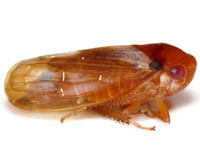 | Photo by: Kyle Kittelberger, Brian Bockhahn, Paul Scharf
Avery Co.
Comment: grassy and vegetated, shrubby habitat surrounded by forest; hind leg appears to have around 7 spines |  | Photo by: Kyle Kittelberger, Brian Bockhahn, Paul Scharf
Avery Co.
Comment: grassy and vegetated, shrubby habitat surrounded by forest |
 | Photo by: Kyle Kittelberger, Brian Bockhahn, Paul Scharf
Avery Co.
Comment: grassy and vegetated, shrubby habitat surrounded by forest; tentative id, could be an unknown species |  | Photo by: Kyle Kittelberger, Brian Bockhahn, Paul Scharf
Avery Co.
Comment: grassy and vegetated, shrubby habitat surrounded by forest; tentative id, could be an unknown species; female |
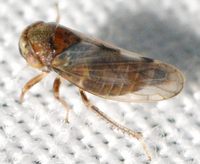 | Photo by: Kyle Kittelberger, Brian Bockhahn, Paul Scharf
Avery Co.
Comment: open area near mixed hardwood forest | 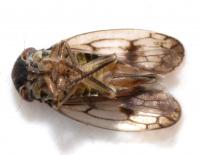 | Photo by: Kyle Kittelberger
Out Of State Co.
Comment: female, 4.5 mm |
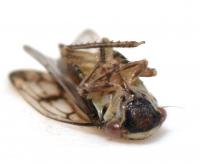 | Photo by: Kyle Kittelberger
Out Of State Co.
Comment: female, 4.5 mm |  | Photo by: Kyle Kittelberger
Out Of State Co.
Comment: female, 4.5 mm |
 | Photo by: Kyle Kittelberger
Out Of State Co.
Comment: female, 4.1 mm |  | Photo by: Kyle Kittelberger
Out Of State Co.
Comment: female, 4.1 mm |
 | Photo by: Kyle Kittelberger
Out Of State Co.
Comment: female, 4.1 mm | 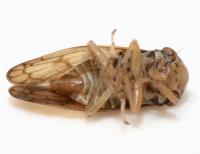 | Photo by: Kyle Kittelberger
Out Of State Co.
Comment: male |
 | Photo by: Kyle Kittelberger
Out Of State Co.
Comment: male |  | Photo by: Kyle Kittelberger
Out Of State Co.
Comment: male |
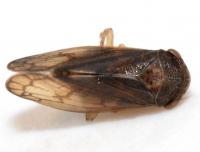 | Photo by: Kyle Kittelberger
Out Of State Co.
Comment: male |  | Photo by: Kyle Kittelberger
Out Of State Co.
Comment: female, 4.3 mm |
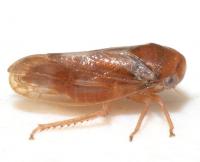 | Photo by: Kyle Kittelberger
Out Of State Co.
Comment: female, 4.3 mm |  | Photo by: Kyle Kittelberger
Out Of State Co.
Comment: female, 4.3 mm |
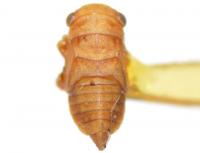 | Photo by: Kyle Kittelberger
Out Of State Co.
Comment: NCSU specimen; nymph | 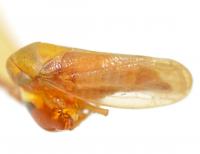 | Photo by: Kyle Kittelberger
Out Of State Co.
Comment: NCSU specimen; female |
 | Photo by: Kyle Kittelberger
Out Of State Co.
Comment: NCSU specimen; female | 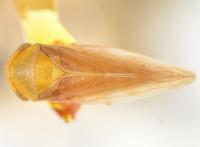 | Photo by: Kyle Kittelberger
Out Of State Co.
Comment: NCSU specimen; female |
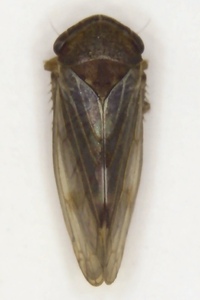 | Photo by: Kevin Metcalf
Yancey Co.
Comment: perched on low vegetation | 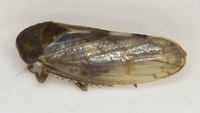 | Photo by: Kevin Metcalf
Yancey Co.
Comment: perched on low vegetation |
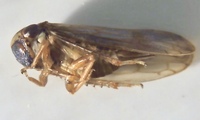 | Photo by: Kevin Metcalf
Yancey Co.
Comment: perched on low vegetation |  | Photo by: Kevin Metcalf
Yancey Co.
Comment: perched on low vegetation |
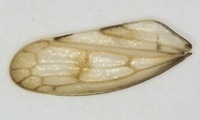 | Photo by: Kevin Metcalf
Yancey Co.
Comment: perched on low vegetation | 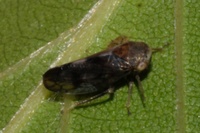 | Photo by: Scott Bolick
Surry Co.
Comment: |
 | Photo by: Scott Bolick
Surry Co.
Comment: | 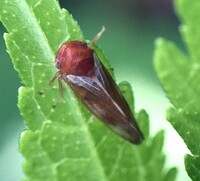 | Photo by: Ted Wilcox
Watauga Co.
Comment: On low vegetation with Beech trees near by. - unid_leafhopper |
 | Photo by: Ted Wilcox
Watauga Co.
Comment: On low vegetation with Beech trees near by. - unid_leafhopper | 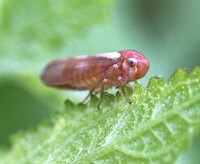 | Photo by: Ted Wilcox
Watauga Co.
Comment: On low vegetation with Beech trees near by. - unid_leafhopper |
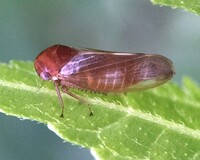 | Photo by: Ted Wilcox
Watauga Co.
Comment: On low vegetation with Beech trees near by. - unid_leafhopper |

 »
»
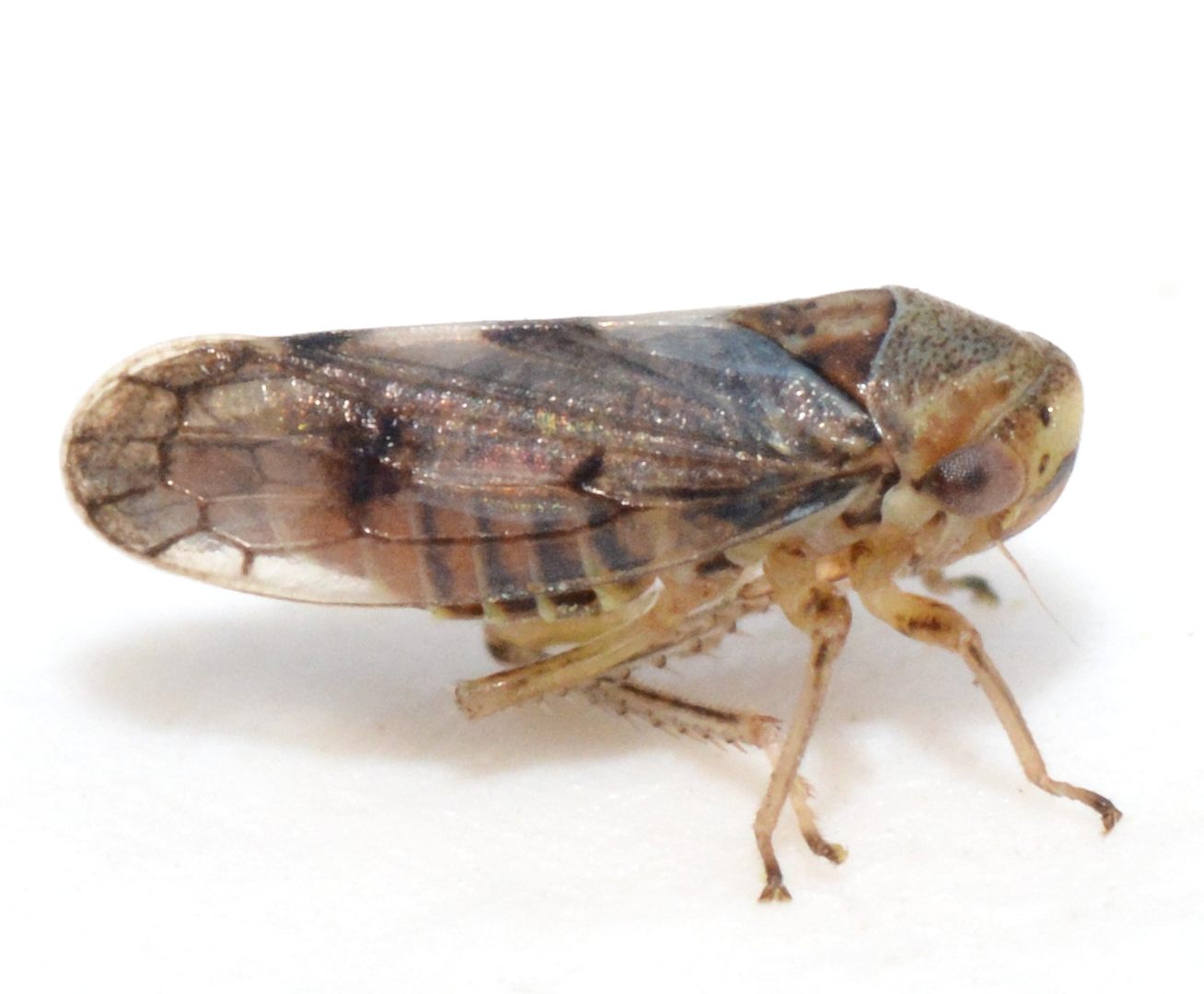
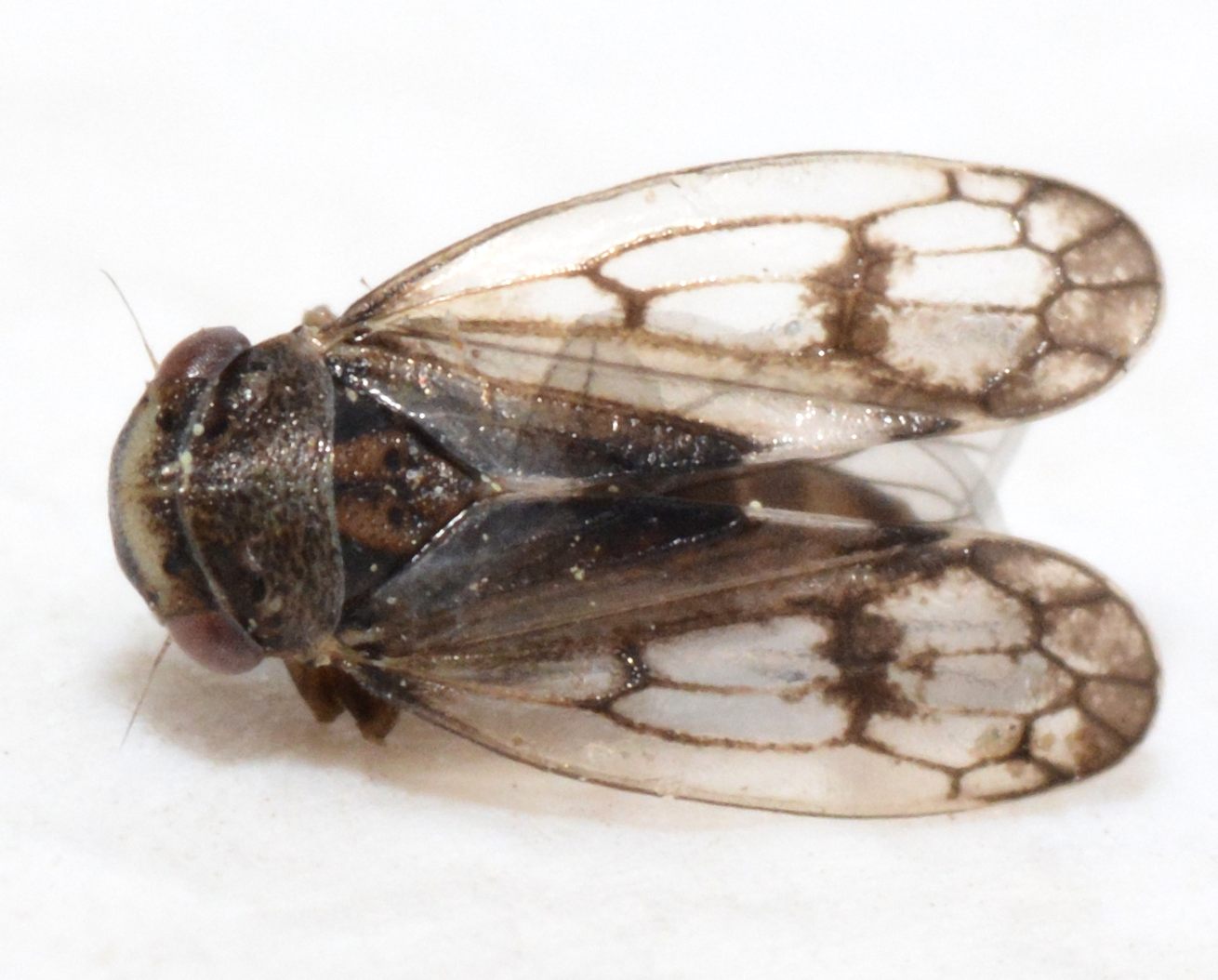


 »
»


